In the world of construction and DIY projects, securing objects to concrete, masonry, or other hard materials has always been a challenge. Traditional methods like anchors, plugs, and expansion bolts often require tedious and time-consuming processes, making the task cumbersome and less efficient. However, with the advent of concrete screws, this process has been revolutionized. Concrete screws, also known as masonry screws or concrete anchors, offer a reliable and convenient alternative, providing a strong and durable connection without the need for additional anchor systems. In this comprehensive guide, we will delve into what concrete screws are, how they work, their various types, advantages, installation techniques, and when to use them in different applications.
What Is Concrete Screws
Concrete screws, also known as masonry screws or concrete anchors, are specialized fasteners designed to create a secure and durable connection to concrete, brick, stone, and other hard materials. They are widely used in construction, home improvement projects, and DIY applications where strong attachments to masonry surfaces are required.Unlike traditional fasteners that rely on expansion, concrete screws create their threads within the concrete, providing a firm hold without the need for anchors or plugs.

This innovative design has made concrete screws increasingly popular due to their ease of use, reliability, and versatility.To identify if a screw is a concrete screw, you can look for the following characteristics:
- Thread Design: Concrete screws have a unique thread design that is optimized for drilling into hard materials like concrete, brick, or stone. The threads are often sharp and self-tapping, allowing the screw to create its own pilot hole and cut into the material during installation.
- Tip Type: The tip of a concrete screw is typically pointed or hardened to aid in drilling through the hard surface. This hardened tip allows the screw to penetrate the concrete or masonry material effectively.
- Head Style: Concrete screws come in various head styles, such as flat, pan, or hexagonal. The head provides a surface for driving the screw into the material and may have a corresponding drive type, such as Phillips, Torx, or hex.
- Material and Coating: Concrete screws are commonly made from materials like steel or stainless steel, which provide strength and corrosion resistance. Some concrete screws may also have specific coatings, such as zinc plating or other corrosion-resistant coatings, to enhance their durability.
- Application Labeling: Packaging or product descriptions may indicate that the screw is specifically designed for concrete or masonry use. Look for terms like “concrete screw,” “masonry screw,” or “concrete anchor” on the packaging or in the product description.
- Packaging and Instructions: Concrete screws are often sold in packages specifically labeled for use with concrete or masonry materials. The packaging may also include instructions or guidelines for proper installation in concrete.
- Diameter and Length: Concrete screws come in various sizes, and the diameter and length should be suitable for the application. Ensure that the screw’s size matches the requirements for the material thickness and the weight or load it needs to support.
- Manufacturer’s Specifications: Always refer to the manufacturer’s specifications and guidelines for the specific product you are using. The manufacturer’s information will provide details on the intended applications, material compatibility, and installation procedures.

Remember that using the correct type of screw for the intended application is crucial for achieving a secure and durable connection.If you are unsure about the suitability of a particular screw for concrete or masonry use, consult with a knowledgeable professional or the manufacturer to ensure proper installation and performance.Understanding Screw Related Articles:
How Concrete Screws Work
Concrete screws work based on a unique design that allows them to create their own pilot holes and threads within hard materials like concrete, brick, stone, or block. This innovative feature enables concrete screws to provide a strong and reliable connection without the need for traditional anchors, plugs, or expansion bolts. Understanding how concrete screws work involves examining their self-drilling mechanism and thread-forming process:
1. Self-Drilling Mechanism:
One of the key features of concrete screws is their self-drilling capability. Unlike traditional screws, which require pre-drilled pilot holes, concrete screws have a specialized tip that can pierce and drill into hard materials. The self-drilling mechanism is facilitated by the following steps:
- Hardened Tip: The tip of a concrete screw is often pointed or hardened to increase its drilling efficiency. The hardness of the tip enables it to penetrate the hard surface of the concrete or masonry material.
- Drilling Action: When a concrete screw is driven into the material using a regular drill or impact driver, the sharp and hardened tip starts to create a pilot hole by cutting into the hard surface. The screw’s threads begin to follow the pilot hole, ensuring a precise and accurate drilling process.
- Thread Pitch: The thread pitch of concrete screws is designed to optimize the drilling process. It allows for efficient chip removal during drilling, reducing the risk of binding or getting stuck.
2. Thread-Forming Process:
Once the self-drilling process creates the pilot hole, the thread-forming mechanism of concrete screws comes into play. As the screw continues to be driven into the material, the self-tapping threads engage with the sides of the pilot hole, gradually cutting into the material. The thread-forming process involves the following steps:
- Thread Geometry: The threads of concrete screws have a specific geometry that enables them to create mating threads within the material. The threads are sharp and have a trapezoidal shape, allowing them to cut into the concrete or masonry as they are driven in.
- Thread Engagement: As the screw is driven deeper into the material, the threads engage with the sides of the pilot hole and create matching threads within the hard material. This thread engagement is crucial for achieving a secure and tight connection.
- Compression and Resistance: The thread-forming action generates friction and resistance between the screw and the material. This compression effect helps to create a strong and reliable joint that can withstand both axial and lateral forces.
The combination of the self-drilling mechanism and the thread-forming process makes concrete screws efficient and effective for securing objects to concrete or masonry surfaces. The ability to drill their own pilot holes and create threads within the material eliminates the need for pre-drilling large holes, streamlining the installation process and providing a durable attachment solution.
It is essential to follow proper installation procedures when using concrete screws, including choosing the correct size and type of screw,CNC drilling the appropriate pilot hole, and using the right tools for driving the screws. Additionally, adhering to the manufacturer’s guidelines and recommendations ensures optimal performance and reliable connections with concrete screws.
What Size Drill Bit Do You Use for Concrete Screws?
The size of the drill bit required for concrete screws depends on the diameter of the screw and the manufacturer’s recommendations. Common diameters of concrete screws are ranging from 3/16″ to 3/4″. Typically, the drill bit size for concrete screws is slightly smaller than the diameter of the screw itself to ensure a proper fit and secure installation.
The following table chart provides recommended drill bit sizes for various concrete screw diameters. It’s important to note that the drill bit size may vary slightly depending on the manufacturer’s specifications, the type of concrete screw, and the specific application. Always refer to the manufacturer’s guidelines and recommendations for the most accurate drill bit size.
| Concrete Screw Diameter | Recommended Drill Bit Size (mm) | Recommended Drill Bit Size (inch) |
|---|---|---|
| 3.5mm (#6) | 3.0mm | 1/8″ |
| 4.0mm (#8) | 3.5mm | 9/64″ |
| 4.5mm (#10) | 4.0mm | 5/32″ |
| 5.5mm (#12) | 5.0mm | 13/64″ |
| 6.5mm (#14) | 6.0mm | 15/64″ |
| 7.5mm | 7.0mm | 9/32″ |
| 8.0mm | 7.5mm | 19/64″ |
| 9.0mm | 8.5mm | 11/32″ |
| 10.0mm | 9.5mm | 3/8″ |
| 12.0mm | 11.0mm | 7/16″ |
| 14.0mm | 13.0mm | 1/2″ |
| 16.0mm | 15.0mm | 19/32″ |
| 20.0mm | 19.0mm | 3/4″ |
| 25.0mm | 24.0mm | 15/16″ |
| 30.0mm | 29.0mm | 1-9/64″ |
| 35.0mm | 34.0mm | 1-11/32″ |
| 40.0mm | 39.0mm | 1-17/32″ |
The recommended drill bit size is based on the nominal diameter of the concrete screw. For instance, a #8 concrete screw would typically require a 3.5mm (9/64″) drill bit for proper installation. However, for critical applications or when working with specific materials, it is always best to consult the manufacturer’s recommendations or perform a test installation before proceeding with the full project to ensure the best fit and performance.
When to Use Concrete Screws
Concrete screws are an excellent choice for various applications where a secure and reliable connection to concrete, masonry, or other hard materials is required. Their unique design and self-drilling capabilities make them versatile fasteners suitable for a wide range of projects. Here are some common scenarios when to use concrete screws:
- Construction Projects: In construction, concrete screws are widely used for attaching materials like framing, lumber, metal brackets, and fixtures to concrete or masonry walls. They are essential for creating sturdy structures and securing critical components.
- Home Improvement and Renovation: Concrete screws are invaluable in home improvement and renovation projects. They are used to hang shelves, mount cabinets, install curtain rods, secure TV mounts, and anchor heavy objects to masonry surfaces.
- Outdoor Fixtures: Concrete screws are ideal for installing outdoor fixtures like mailboxes, house numbers, fence posts, gate hinges, and outdoor lights to concrete or brick surfaces. They provide a reliable and long-lasting solution for outdoor installations.
- Seismic Retrofitting: In areas prone to earthquakes or seismic activity, concrete screws are used for seismic retrofitting to strengthen structures and prevent damage. They play a critical role in enhancing building safety during seismic events.
- Drywall and Sheetrock Anchoring: Concrete screws can also be used in drywall and sheetrock applications where a more robust and reliable attachment is required. They provide a secure alternative to traditional drywall anchors.
- DIY Projects: For DIY enthusiasts, concrete screws are valuable tools for a wide range of projects. From building garden structures like pergolas and trellises to securing furniture or creating storage solutions, concrete screws offer versatility and convenience.
- Industrial Installations: In industrial settings, concrete screws are used for securing machinery, equipment, and infrastructure to concrete or masonry surfaces. They provide a strong and dependable fastening solution in demanding environments.
- Fastening Structural Components: Concrete screws are frequently used to secure structural components, such as joist hangers, post bases, and angle brackets, to concrete or masonry in both residential and commercial construction.
- Commercial Installations: In commercial settings, concrete screws are employed for mounting signage, securing shelving units, and anchoring display fixtures to concrete or masonry walls or floors.
- Repair and Maintenance: Concrete screws are useful for repair and maintenance tasks, such as fixing handrails, stair treads, and other components in concrete or masonry structures.
When considering the use of concrete screws, it is essential to select the appropriate size, length, and type of screw suitable for the specific application. Additionally, the load capacity and material compatibility should be taken into account to ensure a safe and secure attachment. Always follow the manufacturer’s guidelines and recommendations for proper installation techniques to achieve optimal performance and reliable connections with concrete screws.
Dynabolt vs Concrete Screw, What Are The Differences?
Dynabolt and concrete screw are both types of fasteners used for securing objects to concrete or masonry surfaces, but they have some distinct differences in their design, installation process, and applications. Let’s explore the key differences between Dynabolt and concrete screw:
1. Design:
- Dynabolt: Dynabolt, also known as a wedge anchor or expansion bolt, consists of a threaded bolt and an expansion clip. The expansion clip is inserted into a pre-drilled hole, and as the bolt is tightened, it pulls the expansion clip against the sides of the hole, causing it to expand and grip the concrete or masonry tightly.
- Concrete Screw: A concrete screw, also known as a masonry screw or concrete anchor, has a unique design with self-tapping threads. It creates its own pilot hole in the concrete or masonry during installation, eliminating the need for pre-drilling. The threads then engage with the material, forming a secure connection.
2. Installation Process:
- Dynabolt: Installing a Dynabolt requires drilling a hole into the concrete or masonry using a hammer drill and a specific size of masonry bit. The hole depth should be slightly deeper than the length of the Dynabolt. The expansion clip is then inserted into the hole, and the threaded bolt is tightened, causing the clip to expand and create a secure hold.
- Concrete Screw: The installation process of a concrete screw involves using a hammer drill and a masonry bit to create a pilot hole of the same diameter as the concrete screw. Once the hole is prepared, the concrete screw is simply driven into the material using a regular drill or impact driver. The self-tapping threads cut into the material and form a strong connection.
3. Load Capacity:
- Dynabolt: Dynabolts offer high load-bearing capacity and are suitable for heavy-duty applications. They are commonly used in structural and industrial installations where substantial weight and forces need to be supported.
- Concrete Screw: Concrete screws also provide significant load capacity, making them suitable for various applications, including construction, home improvement, and DIY projects. While they may not match the load capacity of some larger Dynabolts, concrete screws offer excellent holding strength for typical applications.
4. Removability:
- Dynabolt: Dynabolts are generally not designed for easy removal and are considered more permanent fasteners. Removing a Dynabolt may damage the concrete or masonry, making it challenging to reuse the same hole.
- Concrete Screw: Concrete screws are removable and reusable, making them a more flexible option. If adjustments or modifications are needed, the concrete screw can be removed without causing significant damage to the material.
5. Versatility:
- Dynabolt: Dynabolts are typically used in heavy-duty and structural applications where high load capacity and a permanent hold are required.
- Concrete Screw: Concrete screws are versatile and can be used in various applications, including both heavy-duty and lighter tasks. They are suitable for home improvement, construction, and DIY projects.
In summary, Dynabolt and concrete screw are two different types of fasteners with distinct designs and installation methods. Dynabolts rely on expansion to create a secure hold, require pre-drilled holes, and are generally more permanent in nature. On the other hand, concrete screws have self-tapping threads, create their own pilot holes, are removable and reusable, and offer versatility for a wide range of applications. The choice between Dynabolt and concrete screw will depend on the specific requirements of the project, load capacity needs, and whether a more permanent or flexible fastening solution is desired.
Working With An Experienced Screw Machining Partner
Each of our design tips for short production runs can help you ensure that your production process is as smooth, cost-efficient, and fast as possible. However, there’s a lot to keep track of when optimizing screw for low-volume production, so working with a trusted manufacturing partner is also a valuable opportunity to take some of the weight off your shoulders.
From design through fulfillment, when you work with Be-Cu.com, our team of experienced engineers will provide you with the support you need to make your project possible. Our quality-based tools are designed to help you pinpoint design flaws, determine optimal order quantities, and find the right material for your part’s specific application. Simply click quote and upload your screw files. We can generate instant quotes for both additive manufacturing and CNC machining projects, which means you can get started making your new screw and parts today.
-

Swiss Machining And Bending 304 Hand Sewing Needle For Textile Machinery
-
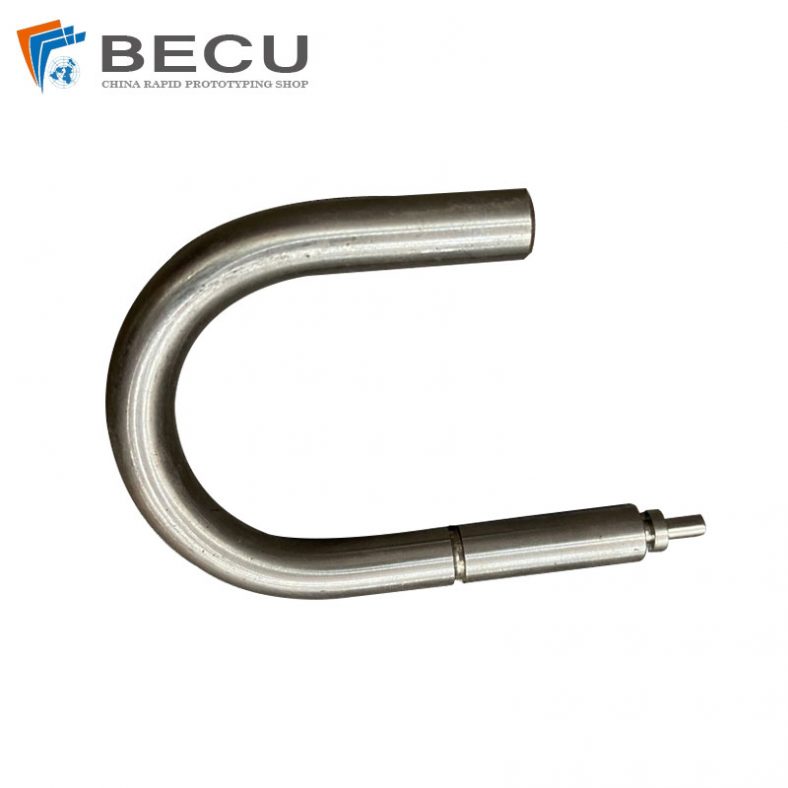
Automatic Swiss Turning Stainless Steel 316L U-bolt
-

CNC Turning-Milling Machining Copper Facial Massage Roller
-

Swiss Turning Stainless Steel 17-4 PH Positioning Bushing
-
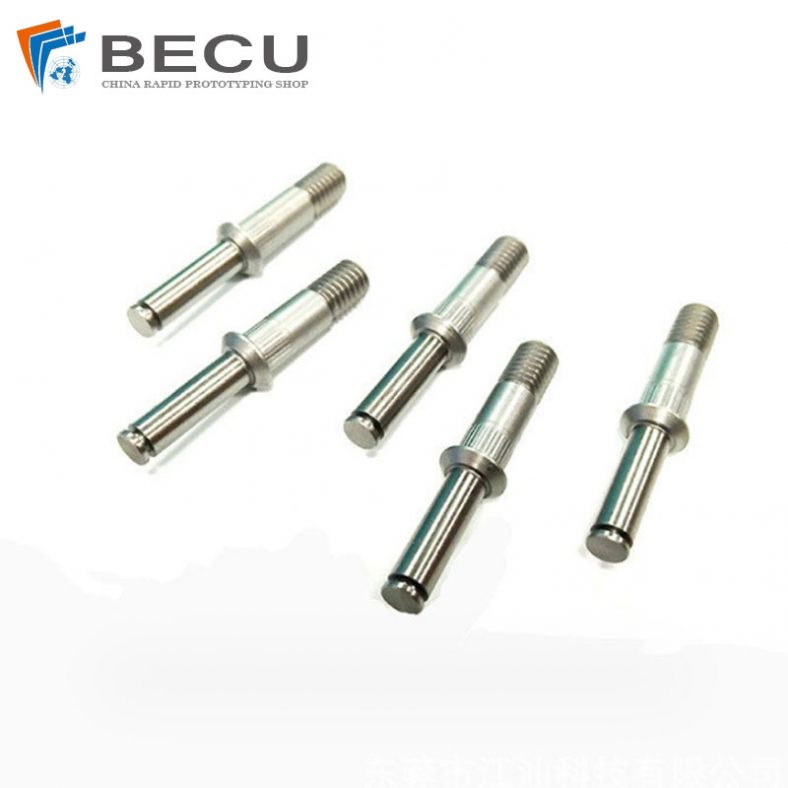
Precision Swiss Turning Titanium Alloy Medical Shaft
-

Swiss Turning 304 Stainless Steel Medical Threaded Rod
-
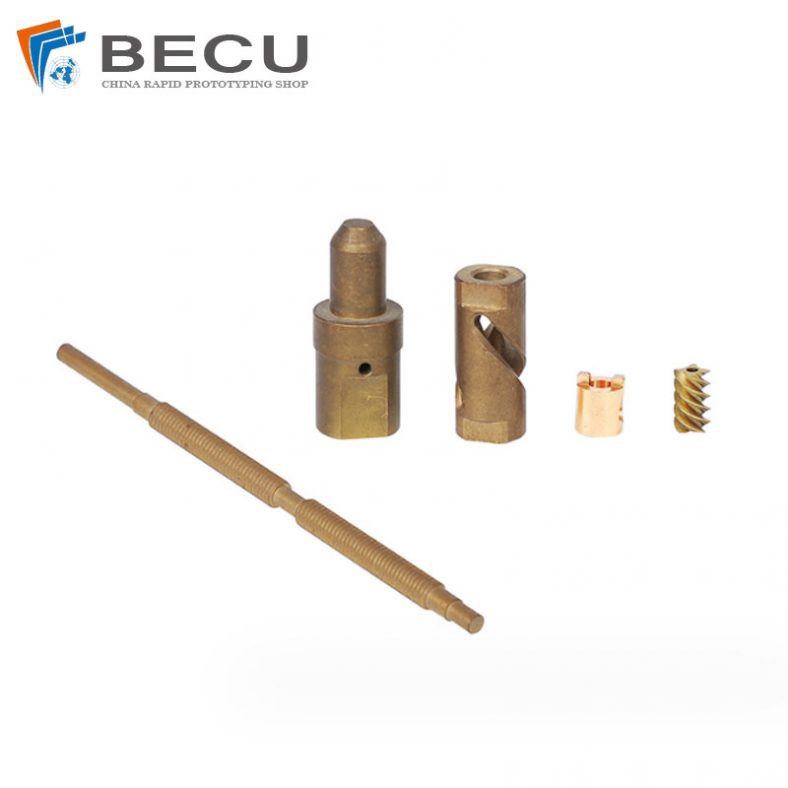
Screw CNC Machining Non-Standard Mandrel Tube Shaft
-

Swiss CNC Machining And Turning Brass 360 Shaft
-
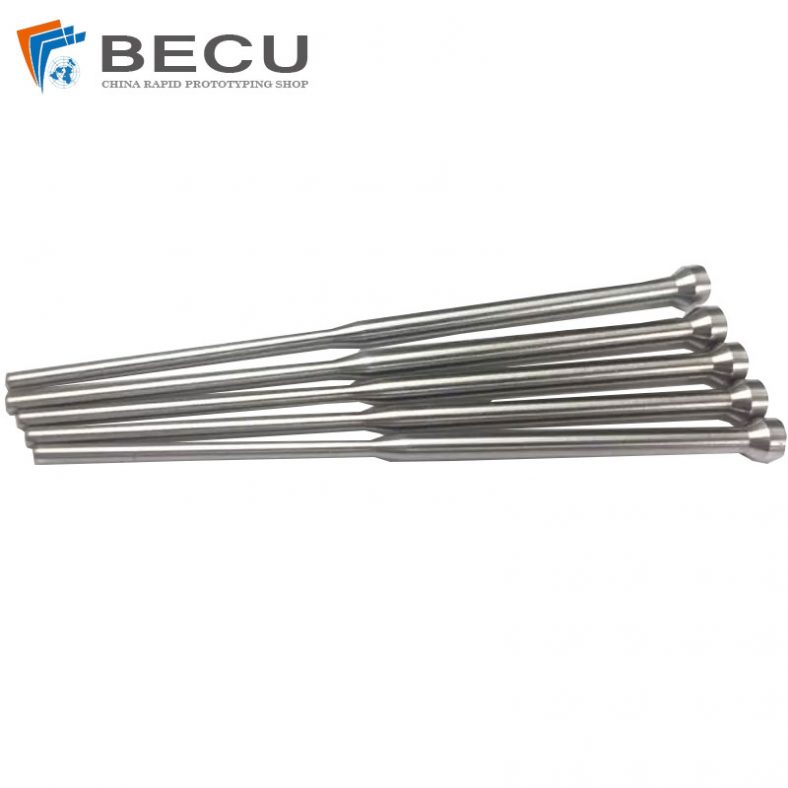
Deep Hole CNC Turning Titanium Alloy Dispensing Needle
-
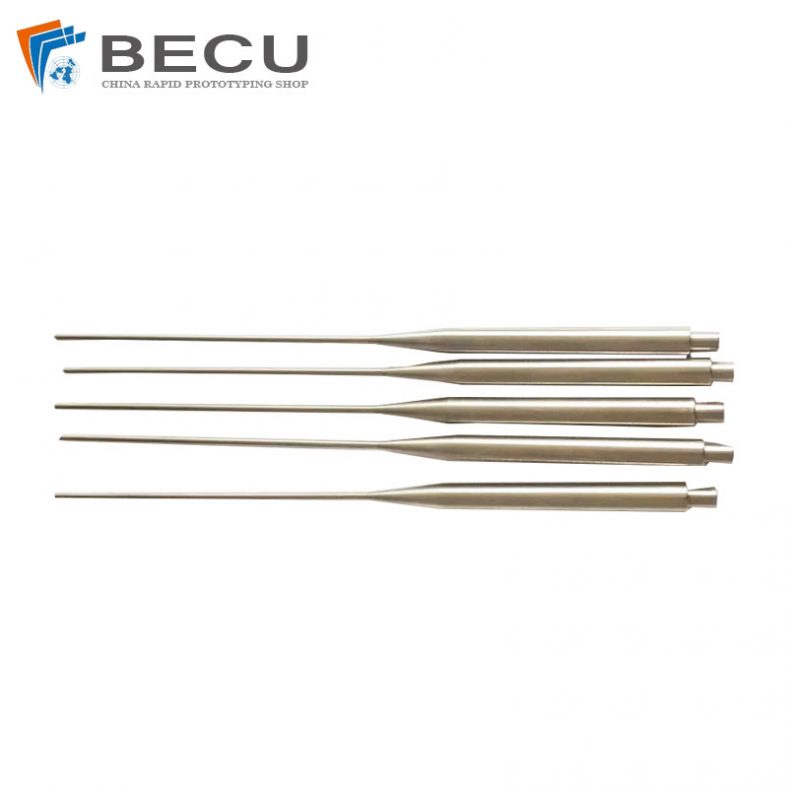
Precision Turning TC4 Alloy Medical Ultrasound Bead Needle
-
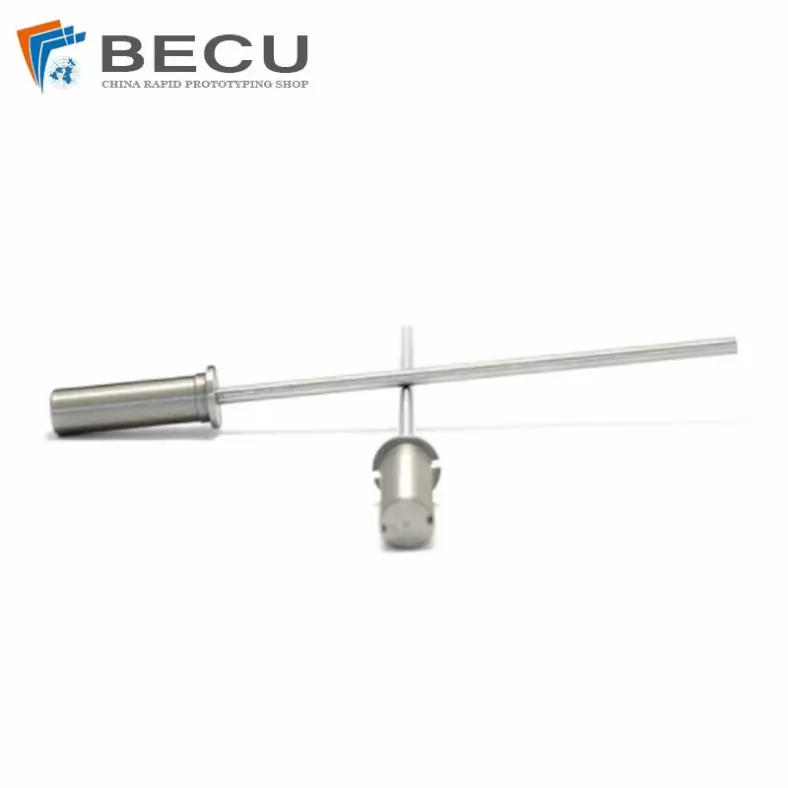
Swiss Machining Stainless Steel Alloy Medical Disposable Trocar
-

Swiss Turning Gold-Plated T2 Copper Parts
